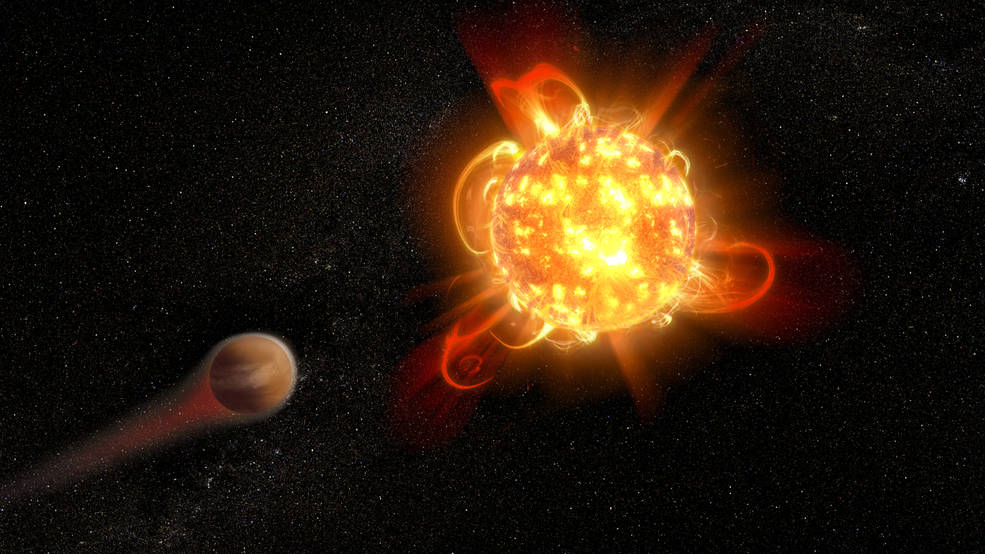If you were Captain of the first USS Enterprise, where would you go!? Humanity is on the cusp of reaching out among the stars, maybe not just yet, nor in our lifetimes but it is just around the corner cosmologically speaking. A new paper explores the new technology that could make it a reality but also carefully considers the ethical aspects. Before we make the first journeys we need to be clear about the ethical considerations too so that our exploration is sustainable and responsible.
Continue reading “The Cosmos is Waiting for us to Explore. But we Should Choose our Path Wisely.”How Old is That Star? Ask a Computer
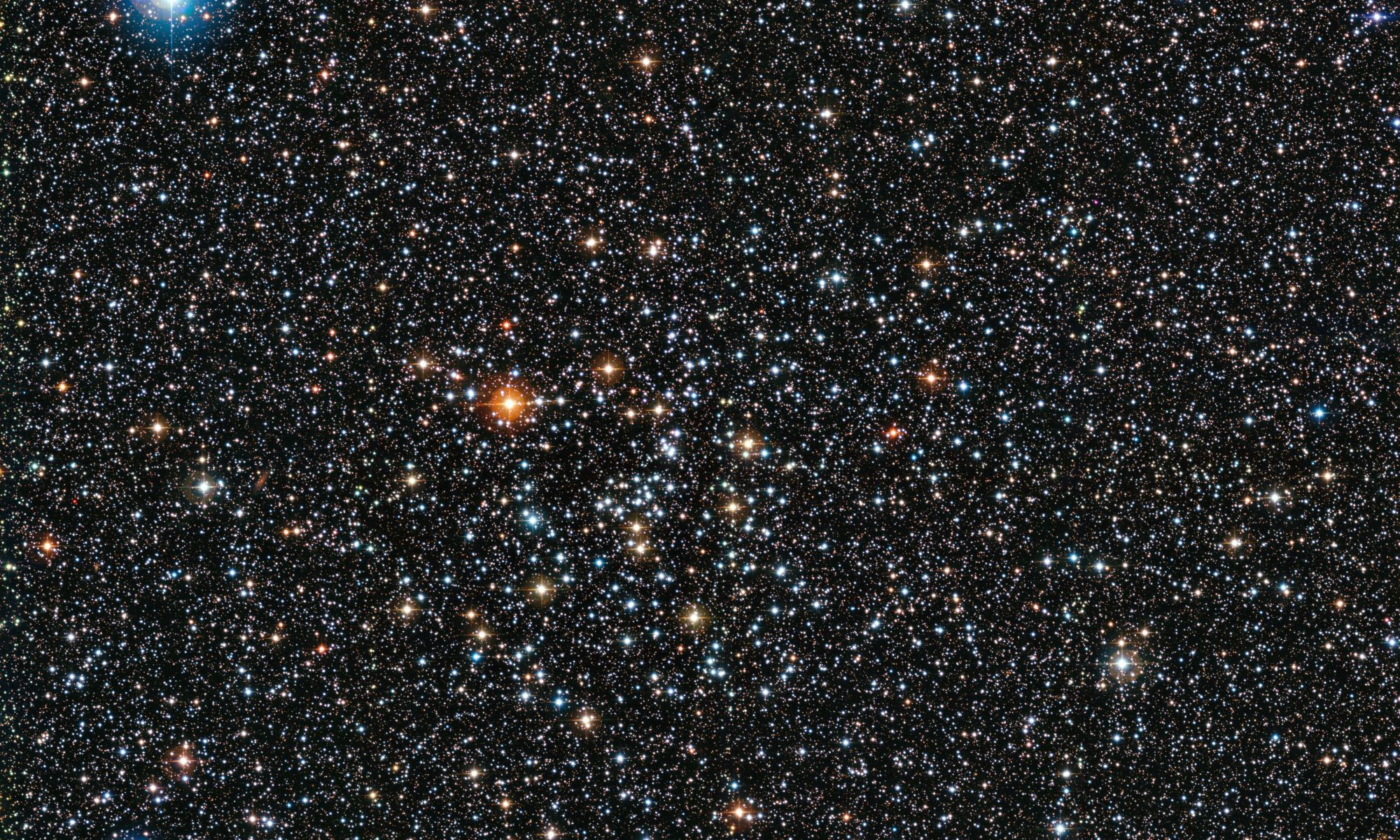
When measuring distances in the Universe, astronomers rely on what is known as the “Distance Ladder” – a succession of methods by which distances are measured to objects that are increasingly far from us. But what about age? Knowing with precision how old stars, star clusters, and galaxies are is also paramount to determining how the cosmos has evolved. Thanks to a new machine learning technique developed by researchers from Keele University, astronomers may have established the first rung on a “cosmic age ladder.”
Continue reading “How Old is That Star? Ask a Computer”A Galaxy has Been Found that’s Almost Entirely Dark Matter

Astronomers have discovered a galaxy with very little or no stellar mass. Galaxies like these are called ‘dark galaxies.’ It contains clouds of gas but very few stars, possibly none. This is the only isolated dark dwarf galaxy in the local universe.
Continue reading “A Galaxy has Been Found that’s Almost Entirely Dark Matter”Binary Dwarf Stars Found Orbiting Each Other Every 20 Hours. They Were Once Almost Touching
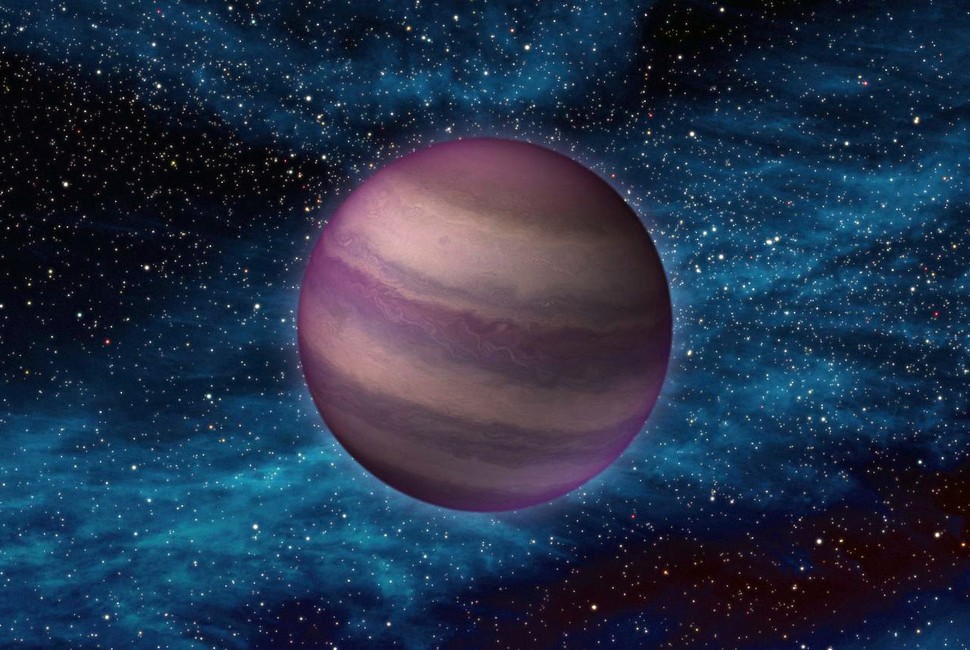
A team of astrophysicists has discovered a binary pair of ultra-cool dwarfs so close together that they look like a single star. They’re remarkable because they only take 20.5 hours to orbit each other, meaning their year is less than one Earth Day. They’re also much older than similar systems.
Continue reading “Binary Dwarf Stars Found Orbiting Each Other Every 20 Hours. They Were Once Almost Touching”The Donut That Used To Be a Star

The death of a star is one of the most dramatic natural events in the Universe. Some stars die in dramatic supernova explosions, leaving nebulae behind as shimmering remnants of their former splendour. Some simply wither away as their hydrogen runs out, billowing into a red giant as they do so.
But others are consumed by behemoth black holes, and as they’re destroyed, the black hole’s powerful gravity tears the star apart and draws its gas into a donut-shaped ring around the black hole.
Continue reading “The Donut That Used To Be a Star”A Black Hole Consumed a Star and Released the Light of a Trillion Suns

When a flash of light appears somewhere in the sky, astronomers notice. When it appears in a region of the sky not known to host a stellar object that’s flashed before, they really sit up and take notice. In astronomical parlance, objects that emit flashing light are called transients.
Earlier this year, astronomers spotted a transient that flashed with the light of a trillion Suns.
Continue reading “A Black Hole Consumed a Star and Released the Light of a Trillion Suns”Planets Make it Harder to Figure out a Star’s age
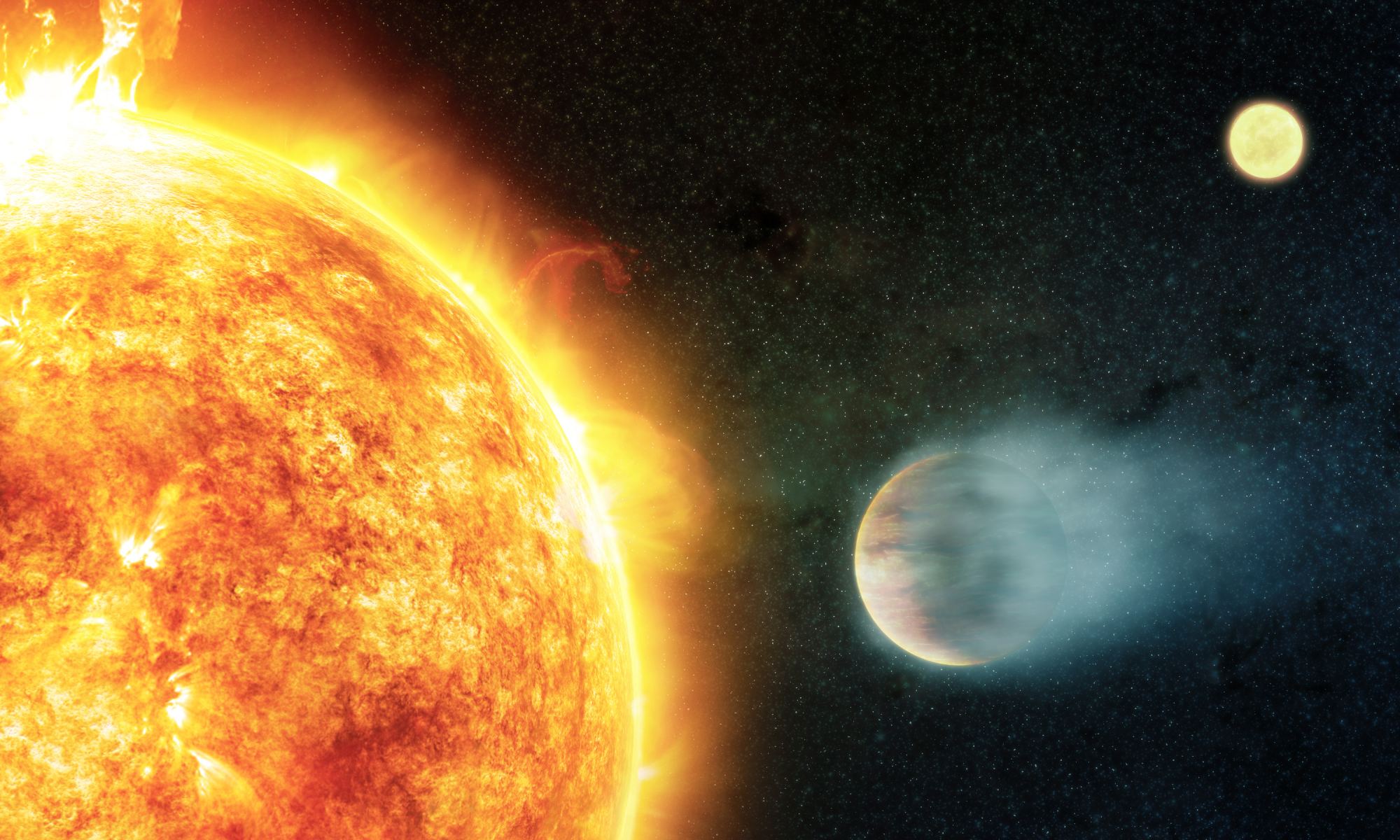
Estimating stellar age has always been a challenge for astronomers. Now, a certain class of exoplanets is making the process even more complicated. Hot Jupiters – gas giants with orbital periods smaller than that of Mercury – appear to have an anti-aging effect on their stars, according to a new study. These enormous planets inflict both magnetic and tidal interference on their host star, speeding up the star’s rotation and causing them to emit X-rays more energetically, both of which are hallmarks of stellar youth. The result calls into question some of what we previously believed about stellar age, and offers a glimpse at the ongoing interconnectivity between a star and its planets long after their formation.
Continue reading “Planets Make it Harder to Figure out a Star’s age”Another Reason Red Dwarfs Might Be Bad for Life: No Asteroid Belts
In a recent study accepted to The Astrophysical Journal Letters, a team of researchers at the University of Nevada, Las Vegas (UNLV) investigated the potential for life on exoplanets orbiting M-dwarf stars, also known as red dwarfs, which are both smaller and cooler than our own Sun and is currently open for debate for their potential for life on their orbiting planetary bodies. The study examines how a lack of an asteroid belt might indicate a less likelihood for life on terrestrial worlds.
Continue reading “Another Reason Red Dwarfs Might Be Bad for Life: No Asteroid Belts”Astronomers Find a Star That Contains 65 Different Elements
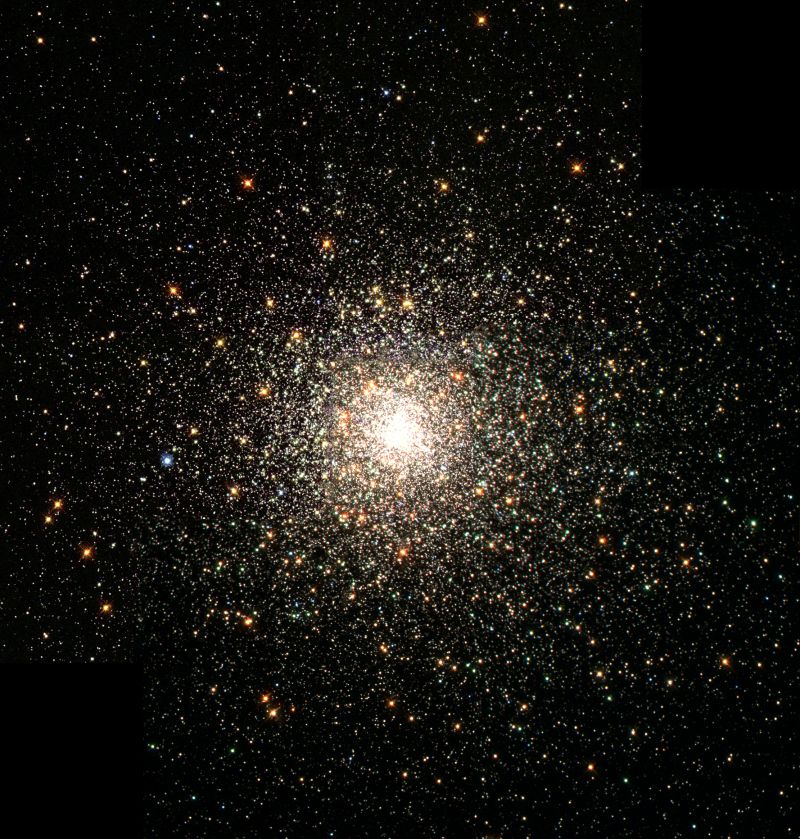
Have you ever held a chunk of gold in your hand? Not a little piece of jewelry, but an ounce or more? If you have, you can almost immediately understand what drives humans to want to possess it and know where it comes from.
We know that gold comes from stars. All stars are comprised primarily of hydrogen and helium. But they contain other elements, which astrophysicists refer to as a star’s metallicity. Our Sun has a high metallicity and contains 67 different elements, including about 2.5 trillion tons of gold.
Now astronomers have found a distant star that contains 65 elements, the most ever detected in another star. Gold is among them.
Continue reading “Astronomers Find a Star That Contains 65 Different Elements”TESS Finds Almost 100 Quadruple Star Systems
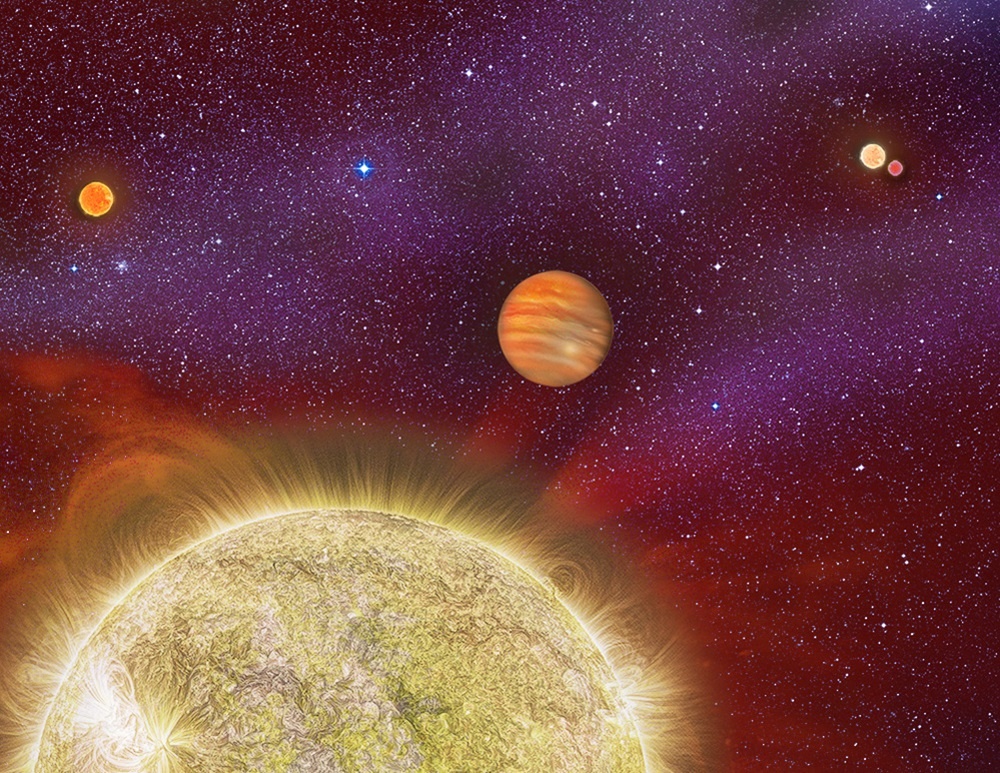
NASA’s Transiting Exoplanet Survey Satellite (TESS) has found over 5000 candidate exoplanet candidates, and 197 confirmed exoplanets since its mission began in late 2018. TESS is good at finding exoplanets, but the spacecraft is a powerful scientific platform, and it’s made other discoveries, too. Scientists working with TESS recently announced 97 quadruple star candidates, nearly doubling the number of known quadruple systems.
Continue reading “TESS Finds Almost 100 Quadruple Star Systems”

